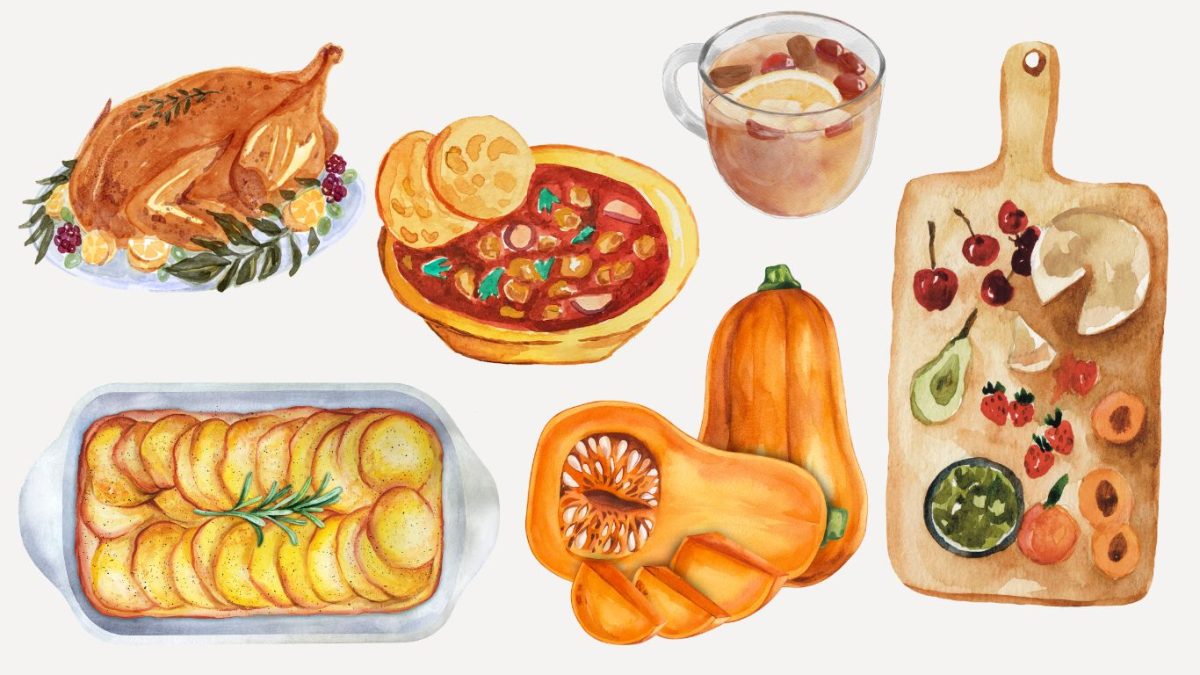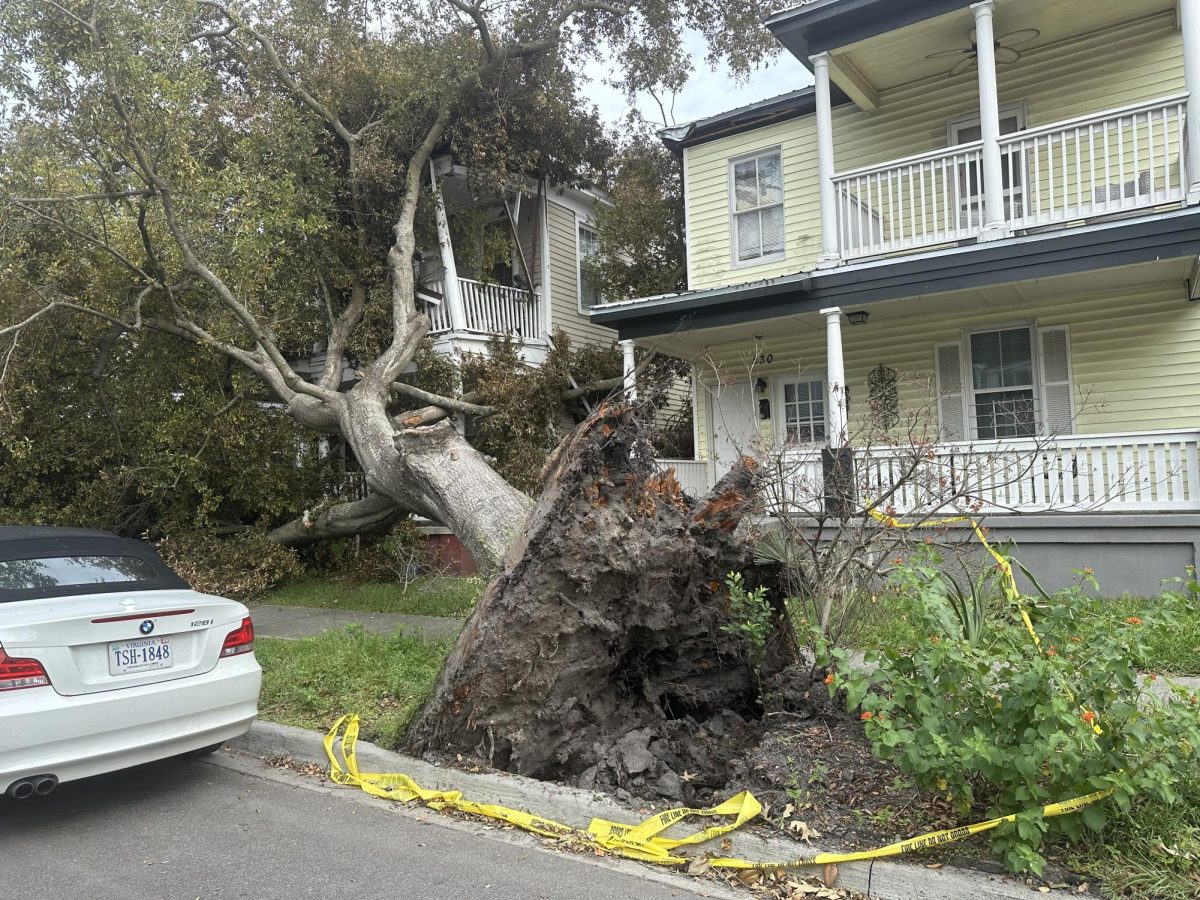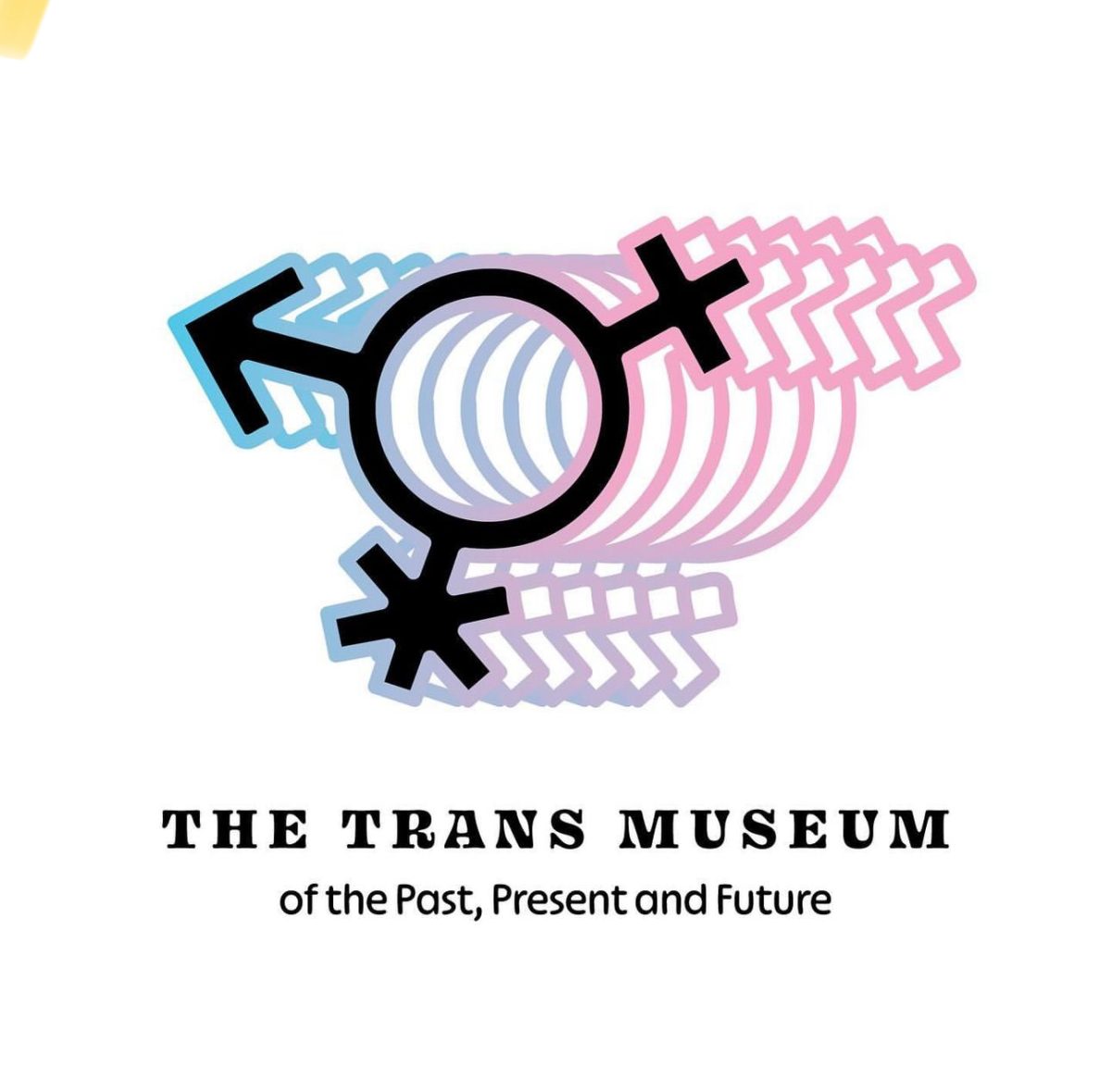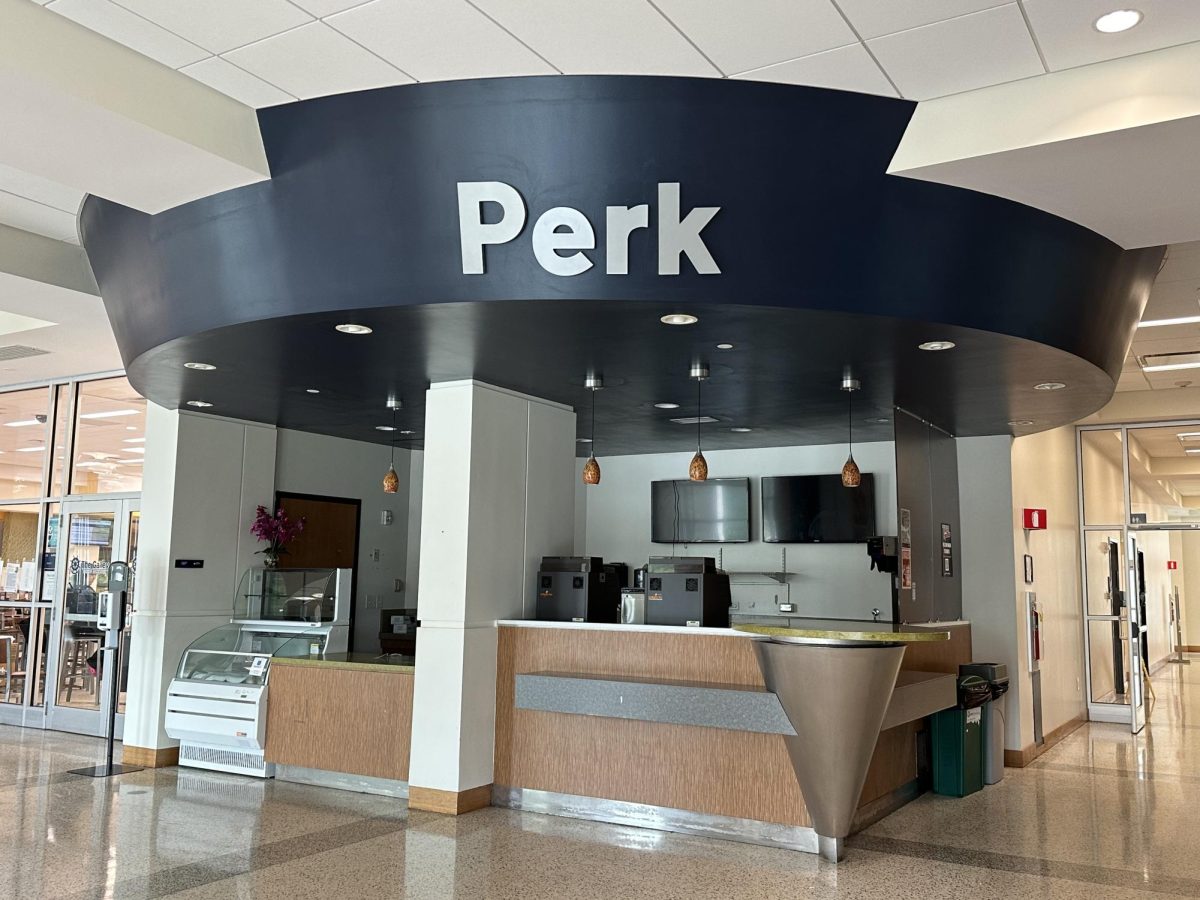Lauren Ashley, Staff Writer
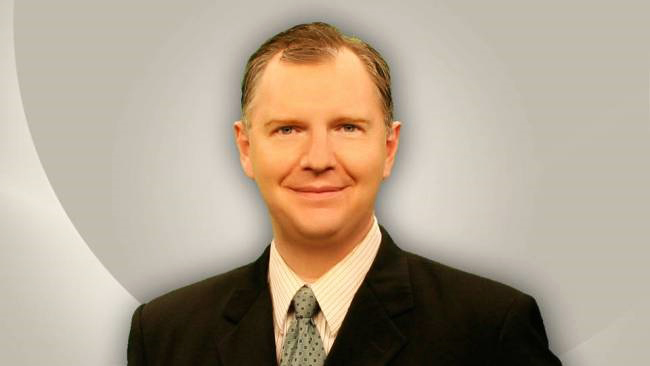
How does a hurricane form?
Hurricanes are essentially heat engines. They form because of warm water combined with a disturbance, which, as it strengthens, goes into a depression stage and then becomes a tropical storm if the winds reach 39 miles per hour. If the winds reach 74 miles per hour, it becomes a hurricane. You have to have low pressure, you have to have warm water and you have to have the right environmental conditions to get a hurricane.
Did Hurricane Matthew make landfall in Savannah, and what category was it when it reached the Lowcountry?
It did not make landfall in our local area. It made landfall in Charleston County, so it passed by just barely to our east. When I say just barely, it was literally 20 to 25 miles east of Tybee Island. It was at that point, I believe, a very strong category two hurricane. I believe the winds were about 110 sustained at that point, but gusts, right in the center, around what we call the eyewall, were 120-125.
The strongest peak wind at Tybee Island reached 96 miles per hour. The peak wind gust at the international airport in Savannah was 71 knots. That is 81 miles per hour. That kind of gives you a feel from one part of the county to the other what we were dealing with.
[Fort Pulaski] had a storm surge that registered between seven to eight feet. That storm surge is the rise of the ocean and then it comes on shore as the hurricane approaches.
[Hunter Army Airfield] had 17-and-a-half inches of rain from Matthew. That’s some pretty impressive stuff for Chatham County.
Why did some areas of campus have multiple trees fall, but in other areas, it was completely fine?
There were isolated tornadoes associated with Matthew. A matter of fact, a couple of warnings came out for Chatham County, which means that there were rotations within the squalls, so there could have been some isolated tornadic damage within the hurricane streaks of damage. There are some areas that just have more trees that are in the latter stages of their lives. If you’ve taken care of the trees—the trees that are dead, you get ‘em down—it doesn’t look like the damage is quite as extensive.
[There were] 135,000 customers without power in Chatham County at one point Saturday morning after the storm. There were half-a-million total power outages in Georgia and South Carolina. Over 20 percent of the power outages in the two-state region were in Chatham County. This storm significantly affected a highly populated area.
When was the last time Savannah experienced a hurricane like Matthew?
It’s been 37 years. This year our luck ran out. This is the worst impact of a hurricane since 1979 in Savannah, but to clarify, Matthew did not make landfall. David, which was the ’79 hurricane, did.
How has our area avoided hurricanes for so long?
The Savannah Bight. It’s the idea that Savannah is further in. It’s the furthest west of any coastline on the eastern seaboard. You’ve got this little tucked in area, so the hurricane has a longer chance to turn before it makes landfall. That’s really the main reason.
A second idea is, what we call, the point of recurvature. At 30 degree[s] latitude, storms tend to begin to feel the westerlies. The westerlies tend to pick the storms up and start to turn north and then eventually northeast. Our latitude’s about 31.5. We’re just above that point of recurvature.
The third is just the position of the Bermuda high pressure. It sits out over the ocean in the western Atlantic so storms tend to bend around it and go north. That typical position is far enough east so that the storms will pass north of a particular place between Bermuda and Cape Hatteras.
What is the biggest misconception people have about hurricanes?
For the Savannah area, I think the biggest misconception, which I think was corrected with Matthew, is that storms always turn and miss us. It is a misconception because we go for long periods of time without them in the Savannah area, and I think Matthew was a wake-up call for a lot of people.
What do you hope people take away from the whole experience of Hurricane Matthew?
We do get them. They could happen any particular year. And to be prepared each hurricane season for the possibility that hurricane conditions can move in and can alter your life
If people want to learn more about hurricanes, where can they get quality, yet understandable information?
The National Hurricane Center webpage (www.nhc.noaa.gov). That provides hurricane information on current storms and then you can also find things to prepare yourself—plans and kits and ideas for those kinds of things.
Do you have anything that you would like to say to the readers of The Inkwell?
Count your blessings if you didn’t get hit too hard. Be prepared for the next storm whenever it might happen. Preparation’s the key.


